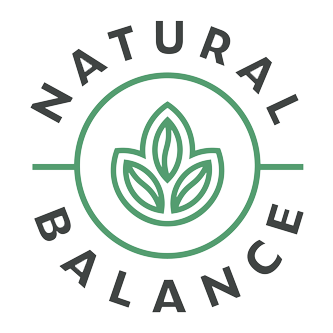The real story on why you crave certain foods.
Have you ever been in the middle of a task and felt like wandering into the kitchen? Only to return a few minutes later with a plate of chips and salsa?
You probably realized you were craving a snack. But where did your craving come from?
There isn’t one answer, since there are several factors in play when it comes to cravings. But we can explain a few. Cravings can have roots in physical, mental, and even social triggers.
Let’s discuss.
Physiological Cravings
Did you know, normal hunger aside, that your body can signal that it needs specific nutrients?
A nutrient deficiency can stimulate the brain to crave those foods that will compensate for what your body is lacking. For example, if your body is low in magnesium, you might crave chocolate. If you need iron, you might crave steak.
In this way, your cravings can tell you a lot about what’s going on inside of you. For instance, craving iron-rich foods, like red meat, can be an early sign of health conditions like anemia.
Sleep deprivation and disrupted circadian rhythms can also affect what foods we crave and when we crave them.
When something disrupts your normal sleep-wake cycle (a night-shift job, a new baby, or sleep apnea), it can lead to imbalances in hunger-regulating hormones and appetite control.
Research shows that those who experience irregular sleep are more likely to crave high-calorie and sugary foods.
Psychological Cravings
What goes on in your brain impacts your cravings as much as what goes on in your stomach. Stress, emotions, and daily habits can all create sensations of craving.
Stress tells your body to release the hormone cortisol, which can trigger cravings for calorie-dense food and sugary snacks. When we satisfy these cravings, it’s called stress-eating.
Stress-eating, though problematic to your overall health, helps you cope with stress by switching on reward pathways in your brain, providing temporary relief and a sense of pleasure or comfort.
Habits, or your daily routine, also play a powerful role in shaping your cravings.
When you do the same thing over and over again, your brain forms strong neural connections, making those patterns of behavior feel almost automatic.
Those neural connections can also trigger cravings when you encounter familiar cues. For example, if we always have a sugary snack while watching TV, our brain associates TV time with the desire for a bowl of Frosted Flakes.
Social Cravings
Our culture, social life, and the marketing practices of the food industry all play key roles in creating and sustaining our cravings.
Your culture tends to shape the emotional associations you have with certain foods.
For example, your family’s love for potato salad at picnics isn’t genetic as much as it is generational. Potato salad takes on a deep meaning of safety and togetherness, making it your go-to when you want to feel safe, comfortable, and cared-for.
Social norms also create associations with food that become automatic.
Advertisements, media, and societal influences promote certain foods as desirable or pleasurable, leading to cravings for those specific products.
When celebrating a special occasion, you might crave shrimp scampi or a fancy dessert. If you’re at the movie theater, you will likely feel a craving for popcorn.
Your Cravings and You
Your cravings are important data about you. Thinking about where your cravings come from can help you be more self-aware and pinpoint problem areas in your physical or mental health.
Pay close attention and see what your cravings are saying about you!

